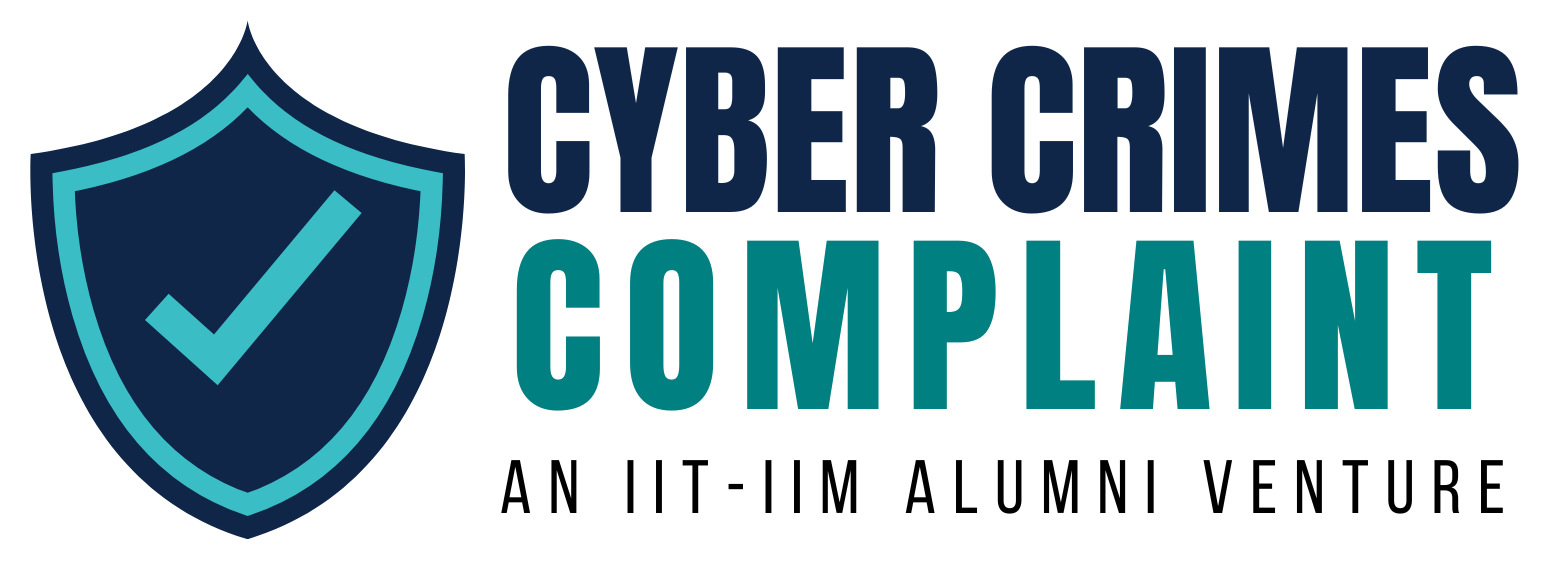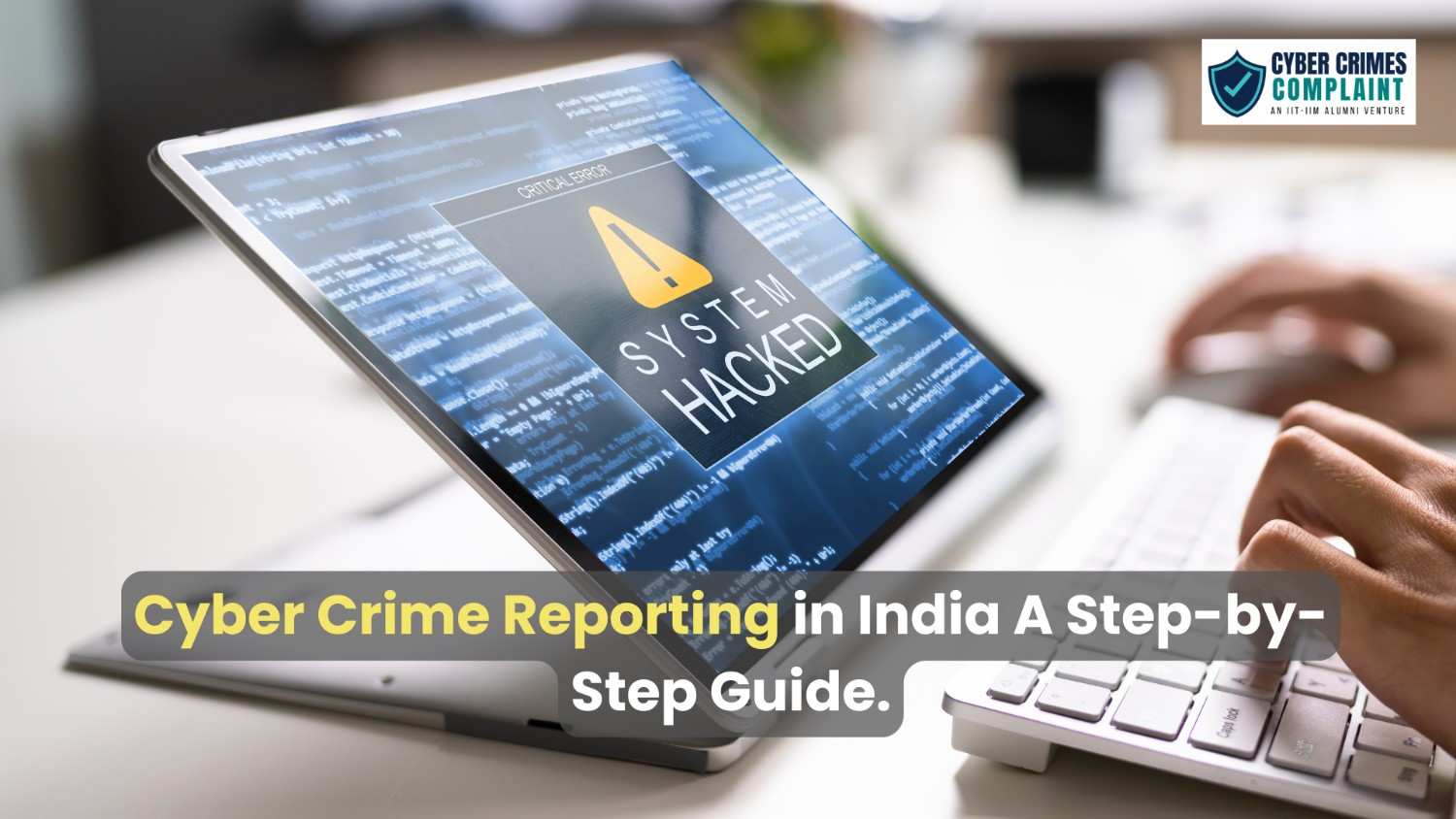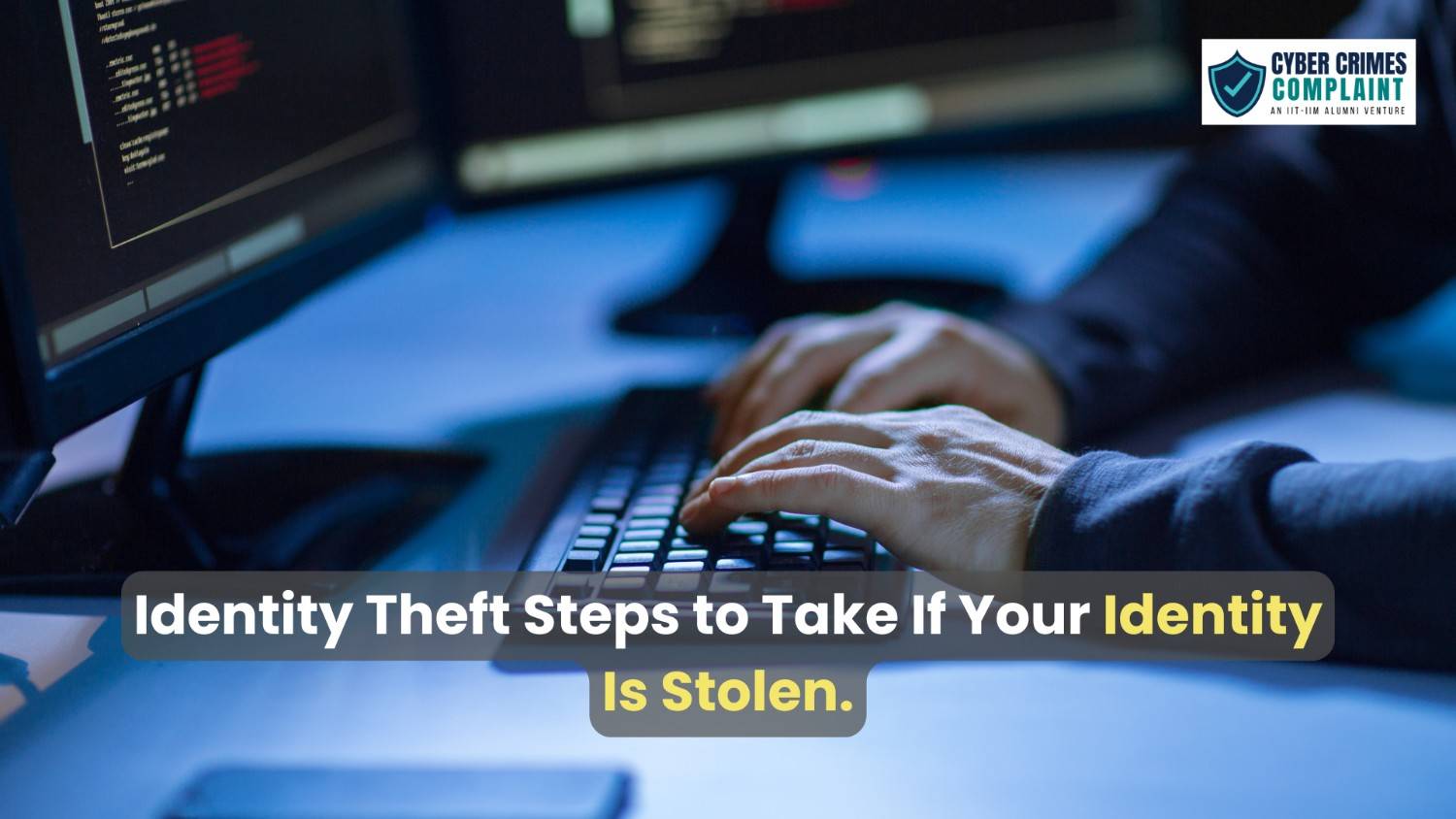· Banking and Finance · 5 min read
How to protect yourself from Bank Account Fraud in India
Bank account fraud in India is on the rise due to digital banking. Learn how to protect your finances from phishing, SIM card swapping, and more.
.B09AVv7U.jpeg)
Introduction to Bank Account Fraud in India
With the rise of digital banking, India has seen an increase in fraudulent activities targeting bank accounts. Scammers use various techniques to trick individuals into disclosing sensitive information, leading to unauthorized access to funds. It’s essential to understand these risks and take proactive steps to protect your finances.
Types of Bank Account Fraud
Phishing Scams
Phishing scams are among the most common fraud types, where scammers pose as legitimate institutions and trick users into providing their banking credentials. These scams often come through fake emails, SMS messages, or phone calls.SIM Card Swapping
In SIM card swapping, fraudsters transfer your mobile number to a new SIM card, allowing them to intercept OTPs (One-Time Passwords) and access your bank account.Identity Theft
Identity theft involves stealing personal information to gain access to bank accounts. Fraudsters may use stolen identification to open accounts or make unauthorized transactions.ATM Skimming
ATM skimming uses hidden devices attached to ATMs to capture card details. Fraudsters can then clone these cards to withdraw money or make unauthorized transactions.
Signs of Bank Account Fraud
Knowing the warning signs of bank account fraud can help you act quickly.
Unexplained Transactions
Unexpected debits or withdrawals from your account are red flags. Always review your transaction history to spot unauthorized transactions early.Suspicious Calls and Emails
If you receive calls or emails asking for personal information, such as your PIN or OTP, be cautious. Legitimate banks rarely request sensitive information over the phone or email.OTP Requests Without Transactions
Receiving OTPs for transactions you did not initiate is a sign of potential fraud. Immediately contact your bank if you experience this.
Why Bank Account Fraud Is Rising in India
India’s growing digital economy and widespread adoption of online banking have made it a target for cybercriminals. Scammers continually find innovative ways to exploit vulnerabilities in online banking systems and users’ lack of awareness, making vigilance essential.
Essential Tips to Protect Your Bank Account
Being proactive is the best way to protect yourself from bank account fraud . Here are some essential tips:
Use Strong, Unique Passwords
How to Create Strong Passwords
Combine upper and lowercase letters, numbers, and symbols in your passwords. Avoid using easily guessable information like birthdays or names.Why Password Variability Matters
Using different passwords for different accounts helps limit exposure if one password is compromised.
Enable Two-Factor Authentication (2FA)
What is 2FA and How Does it Work?
2FA adds an extra layer of security by requiring a second verification step, typically an OTP sent to your phone, in addition to your password.Importance of 2FA in Banking Security
2FA can prevent unauthorized access even if someone has your password, as they would also need access to your phone.
Avoid Public Wi-Fi for Banking Transactions
Risks of Using Public Networks
Public Wi-Fi networks are often unsecured, making it easier for hackers to intercept your information.How to Securely Bank Online
Always use a private, secure network when conducting banking activities, or use a VPN (Virtual Private Network) if you must use public Wi-Fi.
Recognize and Avoid Phishing Scams
Common Phishing Tactics
Scammers often use urgent or alarming messages to prompt quick action, claiming issues with your account to scare you into sharing details.How to Spot a Phishing Attempt
Look for inconsistencies in email addresses, spelling errors, and suspicious links. Official messages rarely contain urgent language or requests for sensitive information.
Regularly Monitor Your Account Statements
Importance of Account Monitoring
Frequently reviewing your statements can help you quickly spot suspicious transactions and address them.How to Set Up Alerts for Suspicious Activity
Most banks offer alert options for transactions. Setting these up can provide real-time notifications for unusual account activity.
Secure Your Mobile Device
Enable Device Lock and Biometric Authentication
Use a passcode, fingerprint, or facial recognition to secure your device. This can prevent unauthorized access if your phone is lost or stolen.Use Official Banking Apps Only
Download banking apps only from reputable sources like the Google Play Store or Apple’s App Store, as third-party apps may contain malware.
Be Aware of SIM Card Swapping Risks
How SIM Swapping Works
Scammers impersonate you to get a replacement SIM card from your telecom provider. This new SIM receives your OTPs, allowing them to access your account.Preventative Measures Against SIM Swapping
Use a PIN or password for telecom services and inform your provider to add extra security to your account.
Reporting Fraud Immediately
Steps to Take When You Suspect Fraud
Contact your bank immediately to report suspicious activity. They can freeze your account to prevent further loss.Reporting to Authorities and Your Bank
After notifying your bank, report the fraud to local authorities. In India, you can lodge complaints through the Cyber Crime Reporting Portal.
Common Mistakes to Avoid for Account Security
Avoid writing down passwords, sharing them, or using easily guessable codes. Ensure that your personal information is not accessible on social media, as fraudsters often gather details from there.
Conclusion
Bank account fraud is a pressing concern in India’s digital age, but by taking a proactive stance, you can secure your finances. Implementing robust security practices, staying aware of fraud trends, and knowing how to respond to suspicious activity are key steps in protecting yourself. Being cautious today can prevent significant financial losses tomorrow.
FAQs
How can I spot a phishing email?
Look for suspicious language, spelling errors, and mismatched email addresses. Avoid clicking on links in emails unless you’re sure of the sender’s identity.What should I do if I lose my SIM card?
Contact your telecom provider immediately to block the SIM and secure your bank accounts by changing your linked phone number if necessary.Are public Wi-Fi networks safe for banking?
No, public Wi-Fi networks are often unsecured and can expose your information to hackers. Use a private connection or VPN for online banking.How often should I change my passwords?
It’s a good idea to change your passwords every 3-6 months, especially for sensitive accounts like bank accounts.What should I do if I suspect fraudulent activity?
Immediately notify your bank and report the issue to authorities, such as the Cyber Crime Reporting Portal, to take quick action.



